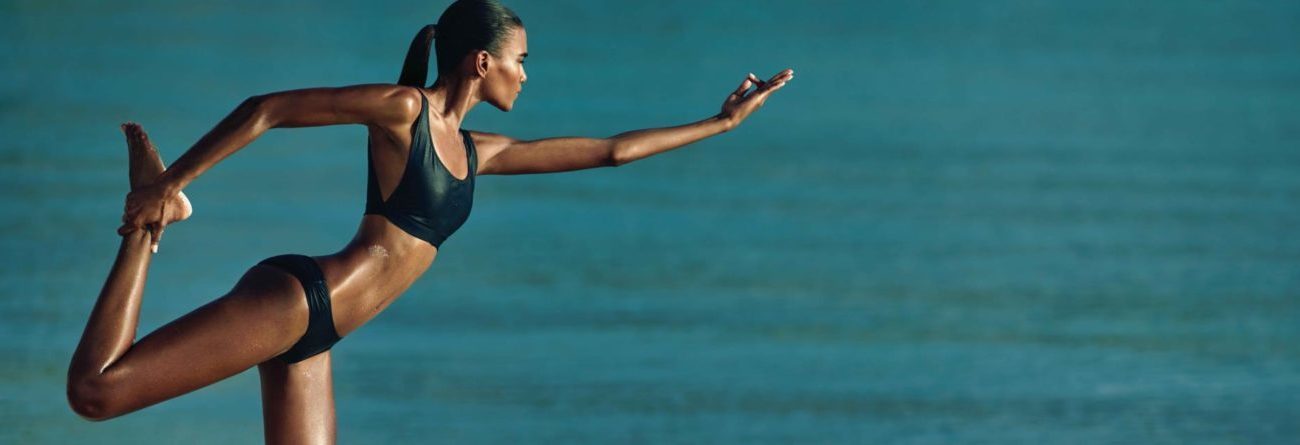
Furthermore by Equinox: Refresh Your Yoga Practice
This post originally appeared on our partner site, Furthermore by Equinox.
Whether you’re a seasoned yogi or a beginner, your practice can always use improvement. Maybe you need to brush up on your form or remember how to make the most of a restorative routine. No matter your skill level, you can use these six tips to refresh your practice.
Treat upward-facing dog like a whole-body pose.
Focusing only on the upper body in upward-facing dog leaves you vulnerable to lower-back strain. “The engagement of the legs is vital for organizing the pelvis and stabilizing the lower trunk,” says Sarah Girard, a yoga instructor at Equinox locations in New York City. To do it correctly, press the tops of your feet firmly into the mat, which will lift your knees and thighs off the floor. Your quads and arms should be more engaged than your low back.
Boost confidence with this in-the-moment trick.
If you lose balance in a forearm stand or fall out of crow pose early, you might think everyone's poised to judge you. In those moments, new science says you can quell your self-doubt by thinking about how you would look at another person in your place. You’ll quickly realize that for the most part, people will be generous in their opinions of you.
Use a yoga wheel.
Props like yoga blocks add stability to your practice, but yoga wheels are different because of their instability. “It provides athletes an opportunity to increase the stabilizing strength of the torso,” says Lara Benusis. As a yoga consultant for Equinox and Pure Yoga and researcher and physiologist at Columbia University, Benusis has a wealth of wellness experience. Plus, you can also use the device to assist backbends and as a foundation for the pelvis during supported inversions like legs-up-the-wall pose.
Perfect your Warrior II form...
Your hips should be on the diagonal—squaring them creates strain on the knee joint, Girard says. “This will keep the front, bent knee and toes facing the same direction, strengthening the hip associated with the bent leg,” she explains. To check your form, look down at your front foot. If you can’t see your big toe, shift your thigh and knee on the bent leg toward your front pinky toe. “You’ll know that you’ve done it correctly if you can see your big toe after you shift,” she says.
...but make modifications when necessary.
Perfect form is unique to each person’s body. That means that at first, you might have to keep your knees bent to prevent injury and build flexibility. In downward-facing dog, keeping your legs straight and heels on the floor can pull the pelvis into a posterior tilt, causing low-back pain, Girard says. In the forward fold, it can lead to hyperextension in the knees. Instead of forcing your body to move in uncomfortable ways, keep knees bent and slowly work toward holding each pose with straight legs.
Block out sensory inputs.
Restorative yoga encourages your nerve cells to recover from recent workouts by allowing every part of the body to relax. That includes your mind. To fully down-regulate, focus on deep, rhythmic breathing and keep your eyes closed, says Ariel Kiley, a therapeutic yoga teacher and group fitness instructor at Equinox SoHo in New York City. “This reduces sensory input so you’re less stimulated by your environment, which will have a calming effect.”
Take your practice to new heights throughout the month of September. At Related Rental locations across Manhattan, weekend rooftop yoga sessions will be led by our partner in wellness, Equinox. And remember to tag us in your yoga routine for a chance to be featured on our platforms.